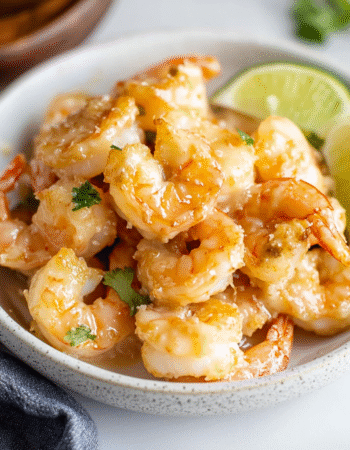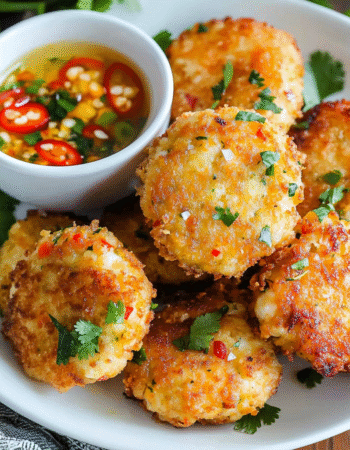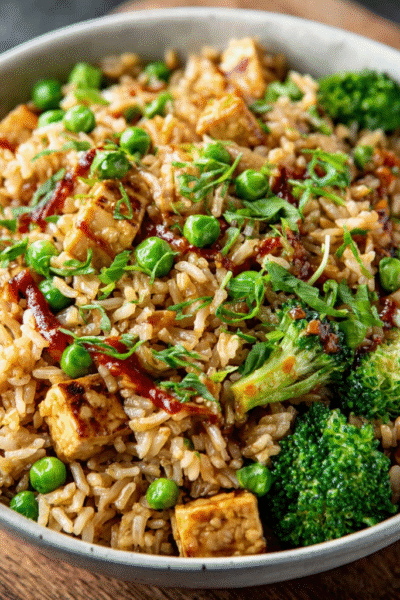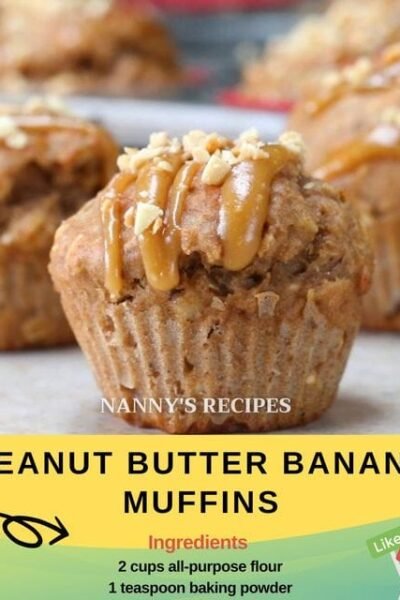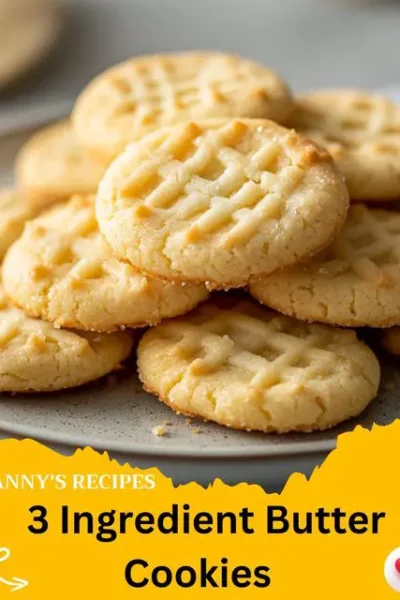Butter Biscuits Recipe
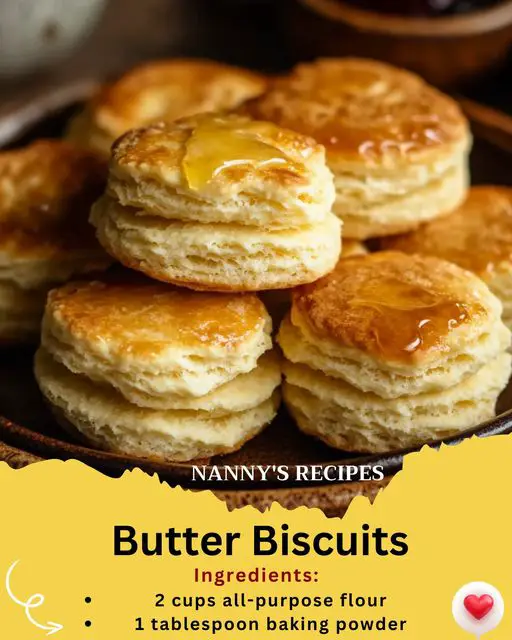
Butter Biscuits are a staple in many kitchens, offering a buttery, flaky, and tender texture that pairs perfectly with breakfast, brunch, or even dinner. These biscuits are simple to make, requiring just a few basic ingredients, yet they deliver a melt-in-your-mouth experience that’s hard to beat. Whether served with a dollop of jam, honey, or smothered in gravy, butter biscuits are the ultimate comfort food.
Biscuits have a long-standing tradition in Southern American cooking, where they’re often served alongside fried chicken, collard greens, or gravy. Their light, fluffy texture contrasts beautifully with savory dishes, making them a versatile addition to any meal.

Recipe Details
- Servings: 10-12 biscuits
- Preparation Time: 15 minutes
- Cooking Time: 15-18 minutes
- Total Time: 30-35 minutes
- Type of Meal: Breakfast, Side Dish
- Meal Classification: Savory, Light
- Difficulty Level: Easy
Key Ingredients
All-Purpose Flour: 2 cups. The base for the biscuits, all-purpose flour provides structure. You can substitute with whole wheat flour for a heartier texture, though the biscuits may be denser.
Baking Powder: 1 tablespoon. This leavening agent helps the biscuits rise, creating that fluffy, airy texture. Make sure your baking powder is fresh for the best results.
Butter: 1/2 cup (1 stick), cold and cubed. Butter is essential for the biscuits‘ rich flavor and flaky texture. Cold butter creates steam during baking, which helps form the biscuits’ layers.
Milk: 3/4 cup. Milk adds moisture and helps bind the dough. For a richer biscuit, you can use buttermilk, which also adds a slight tang to the flavor.
Salt: 1/2 teaspoon. A little salt enhances the flavor of the biscuits and balances the richness of the butter.
Ingredient Insights
- Butter: Cold butter is crucial for making light and flaky biscuits. As the butter melts during baking, it creates pockets of air, leading to those delicious layers.
- Flour: For fluffier biscuits, you can sift the flour before measuring. This step aerates the flour, resulting in a lighter dough.
- Milk: Buttermilk adds extra richness and tang. If you don’t have buttermilk on hand, you can make a substitute by adding 1 tablespoon of lemon juice or vinegar to regular milk and letting it sit for 5 minutes.
How to Make Butter Biscuits
- Preheat the Oven:
Start by preheating your oven to 450°F (230°C). Line a baking sheet with parchment paper or a silicone baking mat. Preheating is key to achieving that perfect rise in the biscuits, as the high temperature activates the baking powder quickly. - Mix the Dry Ingredients:
In a large bowl, whisk together the flour, baking powder, and salt. This ensures that the leavening agent is evenly distributed throughout the flour, which is essential for an even rise in the biscuits. - Cut in the Butter:
Add the cold, cubed butter to the flour mixture. Using a pastry cutter or your fingers, work the butter into the flour until the mixture resembles coarse crumbs. The butter pieces should be about the size of peas. Be careful not to overwork the dough at this stage; you want the butter to remain cold.Tip: For an extra flaky texture, you can freeze the butter for 15 minutes before cutting it into the flour. - Add the Milk:
Pour the milk into the flour and butter mixture. Gently stir with a wooden spoon or spatula just until the dough comes together. Avoid overmixing, as this can make the biscuits tough. The dough should be slightly sticky but manageable. - Knead the Dough:
Turn the dough out onto a lightly floured surface. Knead it gently 2-3 times, just until it holds together. Pat the dough into a rectangle about 1/2 inch thick. Folding the dough over itself a couple of times creates layers, which lead to flakier biscuits. - Cut the Biscuits:
Using a round biscuit cutter or a glass, cut out the biscuits and place them on the prepared baking sheet. Gather the scraps, gently press them together, and cut out more biscuits. Place the biscuits close together on the baking sheet to help them rise higher.Tip: Don’t twist the cutter when pressing down on the dough. Twisting seals the edges and prevents the biscuits from rising as much. - Bake the Biscuits:
Bake the biscuits for 15-18 minutes, or until they’re golden brown on top and fluffy in the middle. Check them around the 15-minute mark to avoid overbaking. For extra golden tops, you can brush the biscuits with melted butter halfway through baking. - Serve Warm:
Remove the biscuits from the oven and let them cool slightly on a wire rack. Serve them warm with butter, honey, jam, or even sausage gravy for a heartier meal.
Tips for Perfect Butter Biscuits
- Cold Butter is Key: The colder the butter, the flakier your biscuits will be. Keep the butter in the fridge until the moment you’re ready to cut it into the flour.
- Don’t Overwork the Dough: Handling the dough too much can activate the gluten in the flour, resulting in dense, tough biscuits. Mix the dough just until it comes together, and handle it as little as possible.
- Use a Hot Oven: Biscuits require a high baking temperature to rise properly. Make sure your oven is fully preheated before baking to achieve the best results.
Variations of Butter Biscuits
Cheddar and Chive Biscuits
For a savory twist, mix 1/2 cup of shredded cheddar cheese and 2 tablespoons of chopped fresh chives into the dry ingredients before adding the butter. These biscuits pair beautifully with soups and stews.
Sweet Honey Biscuits
Add 2 tablespoons of honey and a pinch of cinnamon to the dough for a slightly sweet variation. Serve them with a pat of butter and an extra drizzle of honey for a delicious breakfast treat.
Buttermilk Biscuits
Replace the regular milk with buttermilk for a tangier flavor and a slightly richer texture. Buttermilk biscuits are particularly popular in Southern cuisine, often served with fried chicken or sausage gravy.
Nutritional Information for Butter Biscuits
Here’s an estimate of the nutritional breakdown per biscuit (based on 12 biscuits):
| Nutrient | Amount per Biscuit |
|---|---|
| Calories | 180 kcal |
| Protein | 3 g |
| Carbohydrates | 22 g |
| Fat | 8 g |
| Saturated Fat | 5 g |
| Fiber | 1 g |
| Sugar | 1 g |
| Sodium | 210 mg |
| Calcium | 60 mg |
These biscuits are a wonderful balance of carbohydrates and fats, making them a satisfying addition to any meal. For a lighter option, you can reduce the butter or swap it for a plant-based alternative.
What to Serve with Butter Biscuits
Butter biscuits are incredibly versatile and can be served in a variety of ways. Here are a few ideas to pair with these delicious biscuits:
- Gravy: Classic sausage gravy is a popular pairing for biscuits, especially for breakfast or brunch.
- Honey or Jam: For a sweet breakfast option, serve the biscuits with honey, fruit preserves, or marmalade.
- Fried Chicken: In the Southern tradition, biscuits are often served alongside crispy fried chicken, creating a delightful contrast of flavors and textures.
If you love biscuits, you might also enjoy our Cajun Chicken and Shrimp Alfredo, a hearty and flavorful pasta dish that pairs well with buttery biscuits. Or try our Old-Fashioned Goulash for a warm, comforting meal.
Frequently Asked Questions
Can I freeze butter biscuits?
Yes! To freeze the biscuits, place the unbaked dough rounds on a baking sheet and freeze until solid. Once frozen, transfer them to an airtight container or freezer bag. When ready to bake, simply add a few extra minutes to the baking time—no need to thaw beforehand.
Why are my biscuits dense?
Dense biscuits are often the result of overworking the dough or using warm butter. Be sure to handle the dough as little as possible and use cold butter to ensure flakiness.
Can I make these biscuits dairy-free?
Yes, you can substitute the butter with a plant-based alternative and use almond milk or soy milk in place of regular milk. The texture will be slightly different, but they’ll still be delicious.

